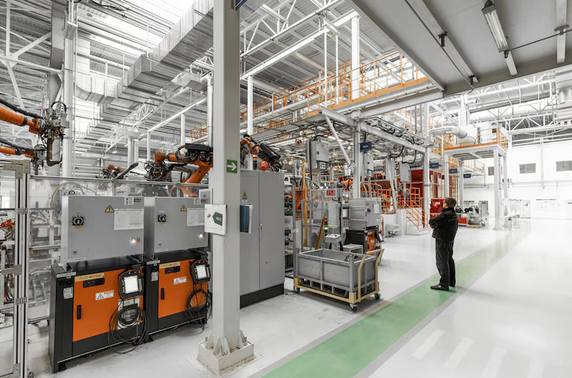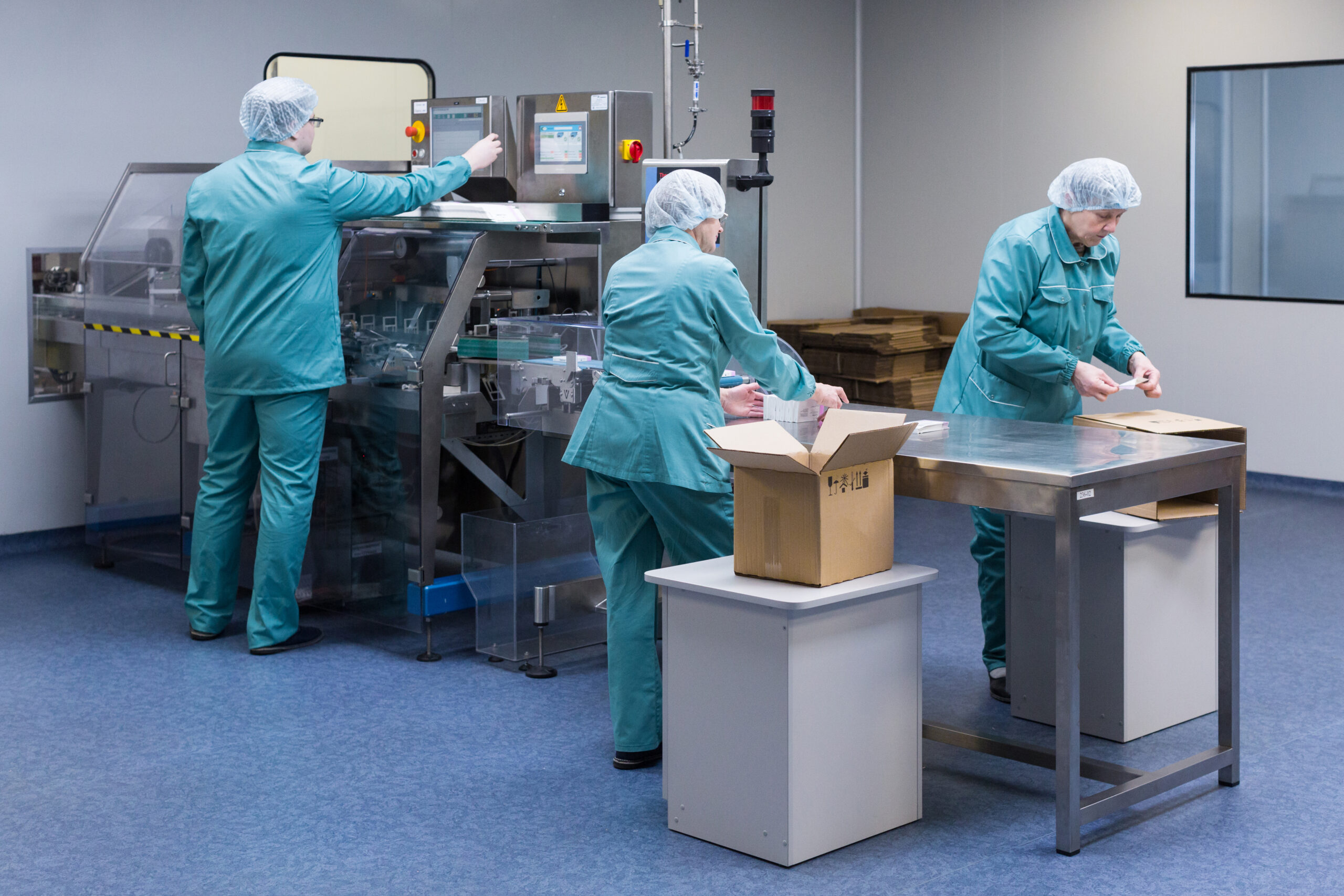Business operations have similarities to how the human body functions. Your supply chain is the veins and arteries of your company, while manufacturing serves as its beating heart. It’s the business equivalent of the human circulatory system. Manufacturing produces all the goods you want to sell, and the supply chain ensures they get to their intended destination. For a dependable service, everything must be connected for operational efficiency.
However, many companies have amassed a patchwork of outdated logistics systems, riddled with gaps between apps. This is not a healthy circulatory system. A multitude of errors and inefficiencies end up in a disconnected supply chain. Your business will suffer from a lack of visibility and overall unpredictability.
Keeping things running as they are might be tempting if you already have an effective supply chain process. If you’ve been in business for quite some time, you likely still perform some form of manual inventory counts, picking, packing, and other operations. Nevertheless, many manual supply chain procedures are outdated and can eventually become ineffective and cause harm to your company.
A digital platform can automate tasks in the entire supply chain, linking systems to provide a 360-degree picture of operations. Businesses now leverage the power of automation in their supply chains because of new technology. When implemented correctly, supply chain automation can increase productivity, save significant costs and time, and set up your company for success in the long run.
Supply Chain Automation as a Foundation for Success
Supply chain automation is commonly defined as using technological solutions to carry out or expedite supply chain operations. As the name implies, it minimizes human intervention, attention, or effort.
By integrating automation technologies, businesses can reduce the physical labor needed for specific operations. Tech solutions like digital process automation, artificial intelligence, and machine learning can seamlessly connect to the supply chain. As a result, workflows are completed much faster, and your supply chain becomes more effective.
A study by precisely and SAPinsider revealed that 51% of business leaders have switched to automation due to their companies’ need for resilience and efficiency to stay atop challenges. Supply chain automation enables companies to satisfy customers’ ever-increasing needs and negotiate the intricacies of global supply chains. By streamlining critical supply chain tasks and lowering the dependency on manual processes, supply chain automation enables you to manage your supply chain more effectively.
Supply chains can also gain more insight and control over their operations through automation. Automation enables them to react swiftly to changes in the market, make better-informed decisions, and guarantee that customers receive their orders on time. Furthermore, supply chain automation can lower expenses and increase profitability by removing inefficiencies, minimizing errors, and maximizing resource use.
Supply chain automation is essential to modern firms’ competitiveness, providing value to their clients and sustaining growth. By investing in the appropriate automation solutions, businesses reap significant rewards.

Four Benefits of Supply Chain Automation
You can enjoy the following advantages of automation in supply chain management and the logistics sector:
1. Streamlined Processes
With the help of supply chain automation, human resources can be reallocated from labor-intensive, repetitive operations to those that require human interaction.
Producing necessary paperwork, handling orders, allocating slots, and settling bills are all examples of labor-intensive jobs. Automation can quickly finish these manual jobs, freeing your workers to handle duties requiring human involvement.
2. Error Prevention
Human error is unavoidable. Anyone can easily miss a field or mistype an address. Someone could ship the wrong order or inadvertently include a decimal point in the wrong spot. It’s particularly true if these tasks are done repeatedly throughout the day or week. The more repetitive and tedious a task is, the more likely errors will occur.
Using automated systems lowers the chances of errors in day-to-day tasks. These can be programmed to handle large amounts of data all at once. Even if an error occurs, it will be much easier to identify, making it faster to correct it.
3. Greater Supply Chain Visibility
Maintaining supply chain visibility takes a lot of work, communication, connectivity, and dedication from retailers, suppliers, and service providers.
Digital automation automatically captures and updates information in almost real-time. It allows stakeholders to track inventories, obtain crucial information when needed, and communicate quickly throughout the supply chain.
Consequently, improved supply chain visibility improves overall efficiency, allowing you to locate and address bottlenecks to stop additional delays and disruptions.
4. Superior Customer Experience
Today’s online shoppers demand faster delivery times and often expect to receive their orders within 1 to 2 days. By using supply chain automation, you can reduce and eliminate the risks that result in dissatisfied clients and returned goods. Therefore, any optimizations that enhance your brand’s perception will provide you with a significant competitive edge, and several customer recommendations.

Practical Applications of Supply Chain Automation
Automation and connectivity can achieve the efficiency and agility many supply chain managers strive for. Although automating every supply chain step is not feasible, businesses can save time, money, and resources by automating vital procedures and jobs.
Several businesses employ supply chain automation solutions, such as robotic process automation (RPA) and digital process automation (DPA), to streamline their business processes.
Back-Office Processes
Supply chain automation significantly makes managing regular business procedures and administrative tasks easier.
With certain technologies, you may automatically import purchase order data into your accounting or finance software. You can also automate the processing of invoices and the upkeep of your financial records.
Automation also benefits supply chain analytics, allowing a business owner to monitor key performance indicators without spending hours collecting data and doing the math manually.
Supply chain automation can help you acquire precise data to prepare for the future and enhance existing operations.
Predictive analytics automation can utilize machine learning to improve demand forecasting and procurement. It can also examine past inventory and sales data.
Transportation Management
You can also automate certain transportation procedures. Automation for route optimization chooses the best routes, and designates the most appropriate shipment carrier, reducing transit times and shipping expenses.
Automation systems that provide real-time transit tracking can help you see your supply chain more clearly. These systems allow you to monitor the locations of your trucks, the inventory items in transit, and any possible delays.
Warehousing
The two supply chain processes that use automation the most are fulfillment and warehousing.
Many software automation systems can automatically receive and validate orders and provide clients with tracking information. These applications can also automatically route each order to the fulfillment center closest to the customer’s final destination.
What Is Warehouse Automation? Types & Trends | Cin7
Certain warehouse automation solutions involve goods-to-person (GTP), which uses machines and robots to help human workers pick orders from the warehouse. Employees can quickly find the appropriate goods by implementing pick-to-light (PLT) systems, which combine barcodes and LED lights.
You can also utilize the box selection algorithm to guarantee that every purchase is dispatched with the perfect package size to limit dimensional weight and damage risk.
Certain warehouse automation technologies even have the functionality to figure out the optimal places to keep goods. This allows you to maximize your space while improving picking efficiency.
Takeaway
Automation in the supply chain has amazing transformative power. It’s changing the way supply chain businesses are run. The opportunities, which include increased productivity, lower expenses, better customer support, and boosted sustainability, are hard to pass up. With cutting-edge AI, robotics, and IoT developments, businesses can enhance their supply chain operations and maintain competitiveness in a dynamic business landscape.
Aratum is your gateway to easy supply chain automation. Our management software syncs all your data into one dashboard, giving you unparalleled visibility over your operations. Book a demo and learn how our systems can change how you manage your supply chain.
The featured photo of this article was sourced from rawpixel on freepik.



